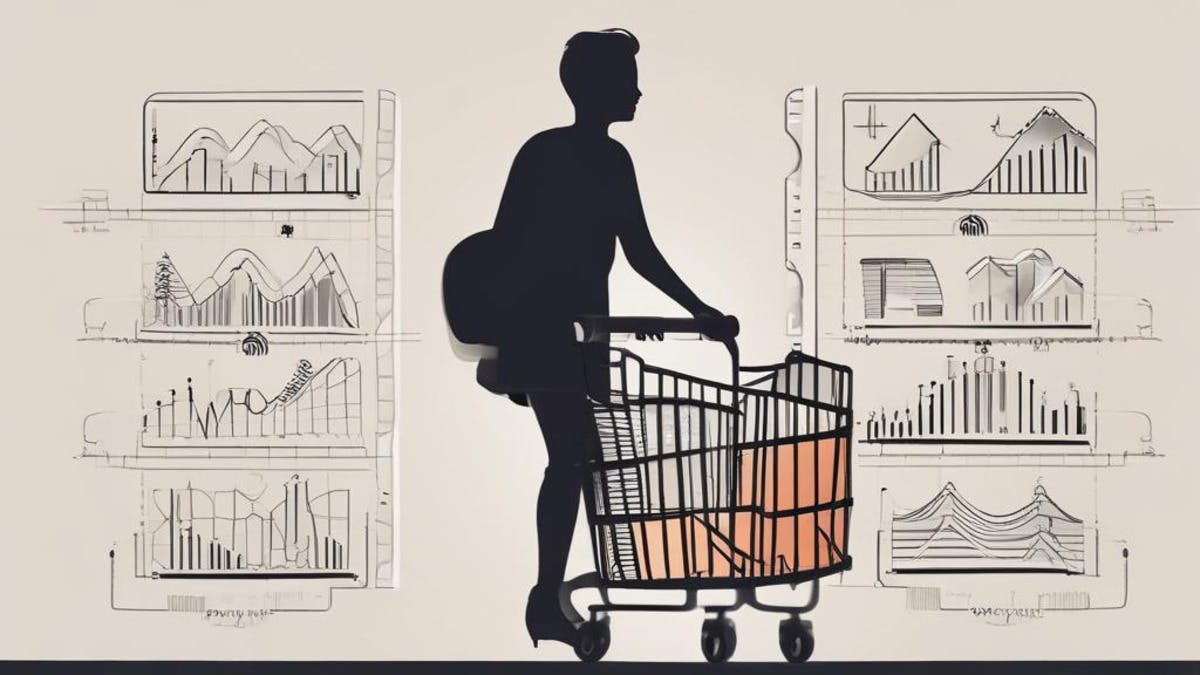With the Christmas quarter appearing to be a false dawn, new data released this week by illion credit bureau, as part of its Commercial Risk Barometer, reveals that business conditions have deteriorated significantly in the year to March 2024.
Year on year, the failure risk has risen: by more than 5% by the end of March 2024, and near 6.5% since the beginning of 2023 – the largest deterioration noted post-COVID. As a result, the number of businesses at severe risk of failing is now 80% higher than 15 months ago.
“There are likely a number of reasons for this”, said Barrett Hasseldine, illion’s Head of Modelling.
“It may be due, in part, to lower levels of government support for business and ‘zombie companies’ are now finally toppling over. Equally, it may be due to creditors, lenders, and government offices such as the ATO calling a halt to amnesties on the repayment of liabilities. And a third option is that it is a consequence of significantly lower levels of consumer confidence and spending in 2023, as Australians struggled with their household budgets.”
Deterioration in business conditions has followed a similar change to consumer credit risk, consumer spending, and consumer confidence; with worsening business activity showing as a three-to-six-month lag after economic conditions impacted consumer behaviour.
This general rise in business failure risk has led to a significant increase in the number of businesses that are at severe risk of failure. As such, 2024 is likely to see a material rise in businesses becoming insolvent, being liquidated, and being deregistered after litigation by creditors.
Industries most at risk
Retail and food services businesses and businesses operating in construction and transport appear to be most at risk, with these industries likely to have the largest rise in business failures in 2024. This rise comes on the back of their already high baseline risk in 2023.
“Our data shows the change in business failure risk is not uniform across all sizes of businesses”, Barrett added.
“In the retail and food sectors especially, there appears to be a two-speed economy, with smaller retailers suffering hardest, and large corporations such as supermarkets and department stores able to withstand the headwinds – possibly through pricing power and/or economies of scale.”
While business failure risk has been broadly higher in the year to March 2024 (5% higher), smaller businesses have suffered the most, with larger businesses remaining stable. For small businesses (up to $10 million turnover), failure risk has risen by up to a massive 20% in the year to the end of March 2024. This compared to the risk of medium-sized businesses (up to $100 million turnover) deteriorating by a much smaller 10%.
An even starker contrast is the failure risk of larger companies and corporations. This has improved significantly – more than 20% improvement for businesses with a turnover above $250 million.
“Smaller businesses are at significant risk of ‘going to the wall’ while larger businesses are benefitting from a possible change in consumer spending habits during these harder economic conditions. Pricing power matters most in times of fiscal tightening”, added Barrett.
“Spending in supermarkets, which has been up 5%, has been to the detriment of butchers, down one 1%, and greengrocers, down 2.5%. Spending with department stores that has been broadly stable has been at odds with spending in retail clothing stores, down eight 8%”.
State differences
Victoria and New South Wales lead the way, with the highest levels of business failure risk nationally, most likely due to a higher rent and mortgage burden (from historically higher property prices) that have been sapping spending habits.
“Businesses in New South Wales and Victoria have the highest level of stress – 4% to 5% higher than the national average”, Barrett added, “although this has remained broadly flat in Victoria over 18 months, which was in bottom place”.
Now New South Wales has seen significant deterioration, from 2% to 4% above the national average, so it is nearly equal bottom with Victoria.
Alongside consumer stress driven by housing costs, these states might also be suffering from higher commercial property costs, and higher wages and utilities costs.
“There is also a material rise in the default risk of credit card holders in both Victoria and New South Wales”, Barrett said.
illion data has also shown a recent deterioration in South Australia – which has traditionally held a lower level of failure risk – from 7% lower than the national average in January 2023 to 2% higher in March 2024.
“In contrast, while we’ve seen some volatility in Queensland and Western Australia, businesses in both states are at much lower risk – 8% lower than the national average in March 2024”, Barrett said.
High-risk industries continue to be food services, construction, and transport businesses. The food services sector (comprising restaurants, bars, cafes, and pubs) has a massive 140% higher percentage of businesses at severe risk of failure today, when compared to the national average. The construction and transport sectors have 70% more businesses than the national average at severe risk of failure.
This is followed by the retail and rental sectors with 10% more businesses than the national average.
At the other extreme, the financial services and professional services sectors have the lowest percentage of businesses at severe risk of failure when compared to the national average, with 50% fewer and 25% fewer severe risk businesses respectively.
“There is no clear sign that the ‘at risk’ industries are likely to experience a turnaround in the short-term”, Barrett adds.
“Australian businesses have suffered significant financial strain in 2023 and into 2024, with trade payment obligations generally being paid 25% later than 12 months ago.
“Food services businesses are now paying invoices 18 days late on average, construction firms and retail businesses 14 days late, and the transport sector 12 days late.”
Keep up to date with our stories on LinkedIn, Twitter, Facebook and Instagram.

